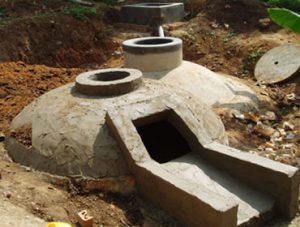
Agriculture
December 19, 2024
Green Heat Biogas Digester
Read SolutionImplemented by
Green Heat
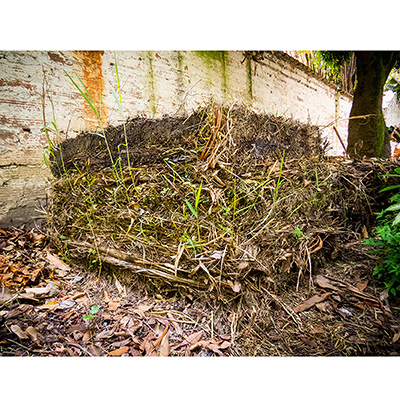
Updated on August 16, 2024
·Created on September 3, 2020
An organic waste compression system.
The Silva Digester Bundle is an organic waste compression system designed to produce organic fertilizer. The system works by fermentation instead of rotting organic waste. The system was designed by Guillermo Silva, a forest technologist based in Colombia.
The system has been implemented in Colombia. However, the designer states it can be applied anywhere if there is organic waste.
Target SDGs
SDG 3: Good Health and Well-Being
SDG 12: Responsible Consumption and Production
Target Users (Target Impact Group)
Household, Community
Distributors / Implementing Organizations
The system is open-source and it can be implemented by anyone.
Competitive Landscape
Direct competitors include Rotary Drum Composting, Vermicomposting, and NADEP Composting.
Regions
Worldwide
Countries
Colombia
Manufacturing/Building Method
This product can be locally manufactured following the following steps:
a) Build the box: The process starts by building a 1 m x 1 m x 1 m box using wood planks. The planks of minimum length 1 m and varied width and thickness can be assembled using nails, wood screws, and hand tools.
b) Start the base: Place the box on the ground in an open space preferably outdoors (e.g., yard, parks, farms, or urban gardens). Place tree branches inside the box at the base to build support for organic waste. The space formed by the branches will allow draining rainwater.
c) Gather organic waste from your garden: This type of waste will form the first layer inside the box, on top of the three branches. Press this layer of waste using an earth rammer or stepping on it. The goal is to get very well-compressed organic garden waste.
d) Gather organic waste from your kitchen: Build the second layer forming a "nest" with organic waste from the garden and place organic waste from your kitchen inside the "nest."
e) Cover the kitchen waste: Using another layer of garden waste, cover the kitchen waste very well, and compress the material until getting a compact compound.
f) Repeat the process until reaching the top of the box.
g) After a month, remove the planks and start a new bale.
Intellectural Property Type
Open-source
User Provision Model
Users can build their own Silva Digester Bundle by following the instructions published at the designer website.
Distributions to Date Status
Unknown
Input requirement (volume and frequency)
1 m³ or ?500 kg and 180 days
Additives
No additives
Production capacity (kg output per kg input)
1 kg output per 1 kg input
Production duration
Unknown
Percentage of nutrient recovery
Unknown
Complementary treatment needed
None
Design Specifications
The digester bundle uses a box made of wood planks. The dimensions of the box are 1 m x 1 m x 1 m and the size and thickness of the wood planks can vary. Wood strips can be used to join planks. Large plastic containers can work as an alternative to wooden boxes.
Technical Support
There is no technical support provided and users are expected to maintain the product on their own.
Replacement Components
Wood planks can be replaced with plywood or any other kind of solid board.
Lifecycle
Unknown
Manufacturer Specified Performance Parameters
According to the designer, the 1 m³ wood box allows users to process up to 500 kg of organic waste (combined garden and kitchen waste at a 50/50 proportion). After six months, the compound is transformed into approximately 150 kg (330 lbs.) of organic fertilizer.
Vetted Performance Status
The Silva Digester Bundle was tested at the "Villa del Socorro" neighborhood in Medellin (Comuna 2), Colombia but the results were not reported. However, the website shows images of the process of working with the community. Testing performed by a research team from "Universidad de Antioquia in Medellin", Colombia, to analyze the physical, chemical, biological, environmental, and sanitary aspects of 1 m³ digested bundles reported the following results:
Safety
No known safety hazards are related to this product.
Complementary Technical Systems
None
Academic Research and References
Ossa-Carrasquilla, L., 2016. Aplicación de la tecnología de las Pacas Biodigestoras para el tratamiento ecológico de los residuos orgánicos de la Universidad de Antioquia. Tesis de grado, Universidad de Antioquia.
Ardila Delgado, J., et al., 2015, Descomposición de residuos orgánicos en pacas: aspectos fisicoquímicos, biológicos, ambientales y sanitarios. Producción + Limpia, 10(2): 38-52.
Esfera Viva, 2017, La paca digestora: una opción limpia para aprovechar residuos orgánicos.
Compliance with regulations
Unknown
Evaluation methods
The Universidad de Antioquia in Medellín conducted monitoring of pH, humidity, weight, temperature, volume, leachate, gases, microorganisms, arthropods, and rodents were carried out. 101 members of the educational community were surveyed. Database and analysis were performed using Epi-Info and Excel.
Other Information
Large plastic containers can work as an alternative to wooden boxes.

Agriculture
December 19, 2024
Implemented by
Green Heat
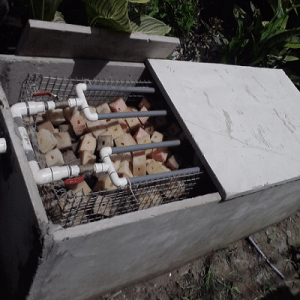
Agriculture
August 15, 2024
Implemented by
Biological Filters and Composters Ltd (Biofilcom)
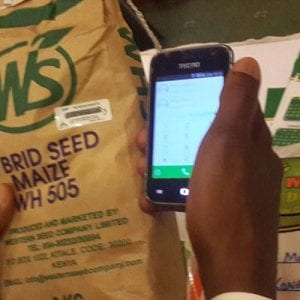
Agriculture
June 2, 2024
Implemented by
mPedigree

Agriculture
February 20, 2024
Implemented by
Sunfox Technologies

Agriculture
June 2, 2024
Implemented by
RTI International

Agriculture
June 27, 2024
Implemented by
MamaBird
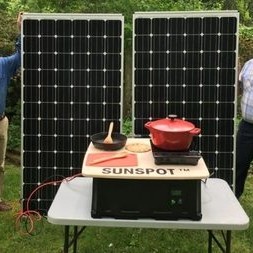
Agriculture
January 27, 2024
Implemented by
Sunspot PV LLC
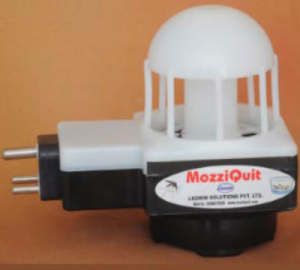
Agriculture
February 23, 2024
Implemented by
Leowin Solutions
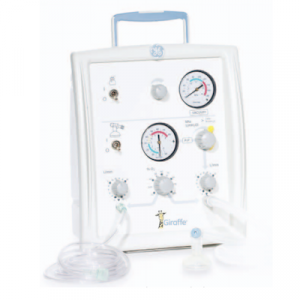
Agriculture
November 22, 2023
Implemented by
GE (General Electric)

Agriculture
February 6, 2024
Implemented by
Kinnos
Have thoughts on how we can improve?
Give Us Feedback